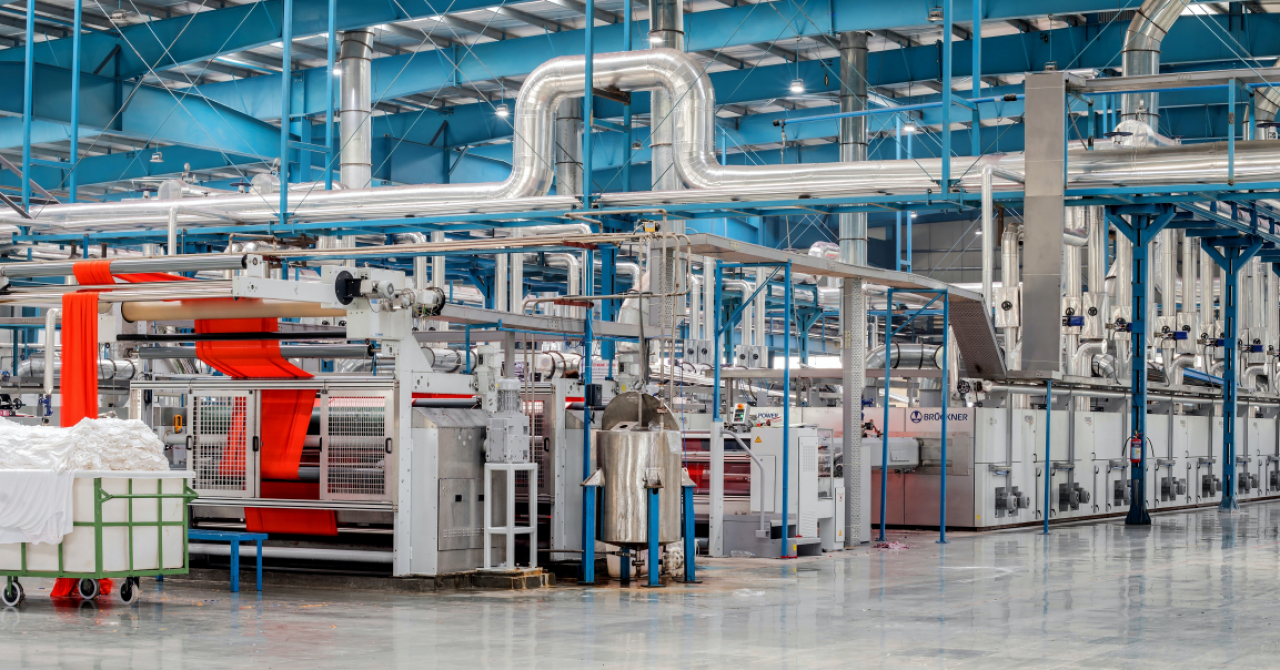Business Green reports that Panasonic is looking to prove the industry that factories that use important amounts of energy can operate with net zero emissions by using hydrogen, batteries and renewable energy.
The Japanese company makes an example out of the Kusatsu site, which manufactures hydrogen fuel cells and that also happens to be one of the more innovative plants in the world with regards to hydrogen in general.
In fact, within that very factory there have been manufactured fuel cell systems that generate high-efficiency electricity and heat for residential buildings using fossil gas for the past 13 years.
Last autumn, Panasonic started the production of its next generation fuel cells that are lightweight and have a capacity of 5kW, being able to produce electricity for factories from hydrogen.
The Japanese company says that the new "H2 Kibou" fuel cells are the most efficient when it comes to the production of electricity compared to any product of this kind available today and they can generate electricity for up to five days without the need to be refilled.
Panasonic is testing the new fuel cells at the factory that produces them
In order to demonstrate how good these H2 Kibou systems are, Panasonic put them to the test at the exact same plant where they are manufactured, using 99 of these fuel cells, 1.1 MWh of battery capacity for energy storage and 570 kW of solar panel output.
The new fuel cells currently operate using grey hydrogen, which is obtained from fossil fuels, but in the future, there are plans to switch to the use of green hydrogen, which is obtained through the electrolysis of the water, making it a net zero.
Shinsuke Morita, head of Panasonic's European fuel cell business, said that "Panasonic shipped more than 250,000 units from this Kusatsu factory since 2009. We have the technology which can intake green hydrogen and produce electricity. This, and Panasonic's commitment to carbon neutrality across its own operations by 2030, was the reason we chose to test carbon-neutral production at this site."
Morita also mentioned that the factory will switch to using green hydrogen when it will be available at a large and consistent scale.
"It is quite difficult to get big and steady amounts of green hydrogen right now. So, we have started with non-green hydrogen, but we will switch as soon as possible", he added.
While the production of green hydrogen has been fairly expensive compared to the production of grey or even blue hydrogen, both being obtained from fossil resources, recent price surges in fossil-fuels give green hydrogen producers confidence that they will be able to compete more aggressively in the industry.
After Panasonic will test the H2 Kibou fuel cells at its facility, the company intends to sell the new technology to other companies that want to lower the carbon footprint of their manufacturing process.
While some facilities have resorted to using renewable sources, such as solar or wind power, and batteries in order to become greener when it comes to the production process, renewable sources are not able to provide the necessary amount of energy at all times, meaning that eventually, these facilities will need to be pushed to alternative solutions, such as green hydrogen.
Teva Laou-Hap, Panasonic's head of industry, new business and technology in Europe, said that "due to the combination of PV and battery storage and pure hydrogen/fuel cell systems, even companies that don't have as much space surrounding their premise to build up huge PV farms for sufficient green electricity supply will have the chance to produce their green electricity on location."
"The only externally purchased fuel would be green hydrogen", Teva added.
The H2 Kibou system spans over a surface of around 6.000 square meters and Panasonic has built it to be about the same size as the factory on purpose, showing how it could have been fitted on the roof of the facility.
The Japanese company also emphasizes on the advantages provided by hydrogen fuel cells, stating that they offer energy stability, flexibility and relatively low levels of maintenance that is better compared to using just renewable energy systems.
"If all works out well, we aim to roll this set-up out to some other Panasonic factories within this decade to expand the variety of manufacturing needs and tests. Commercialization to external companies could be in similar timeframes", Morita explains.
Green hydrogen to be produced in Spain
Earlier this year in April, the European Investment Bank and Instituto de Crédito Oficial have financed the development of a hydrogen production facility in Puertollano with 88 million euros.
The project will generate around 160 GWh of electricity per year from renewable sources and 1.000 tons of green hydrogen over the course of a year.
Green hydrogen projects could also bring freshwater to desert communities
The International Renewable Energy Agency recently stated how the production of green hydrogen in arid areas could prove to be useful when it comes to supplying freshwater to local communities that don't have access to it.
Countries like Mauritania, Namibia, Saudi Arabia and Australia are planning the development of green hydrogen facilities in arid areas in order to provide cheap electricity for the locals.
Since these facilities wouldn't be able to resort to using the local freshwater supplies so they wouldn't dry them out, seawater might need to be sourced from the sea or the ocean.
Through the desalinization process, water can be made available for the electrolysis process and also it can be delivered to local communities, when needed.
 Mihai - Cristian Ioniță
Mihai - Cristian Ioniță












Any thoughts?